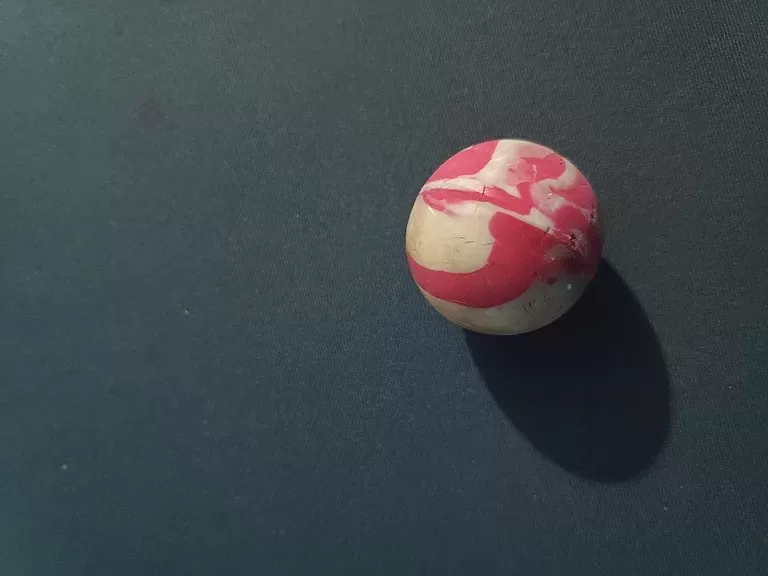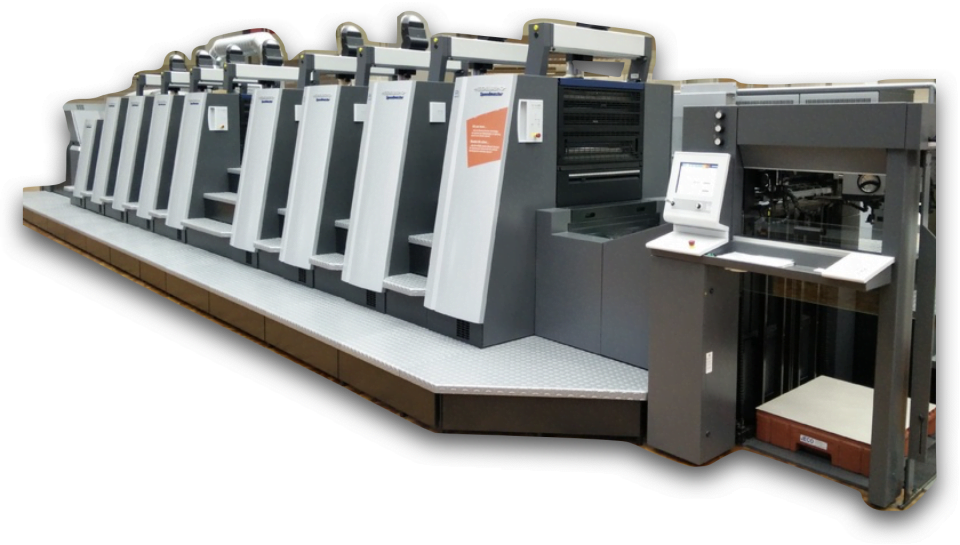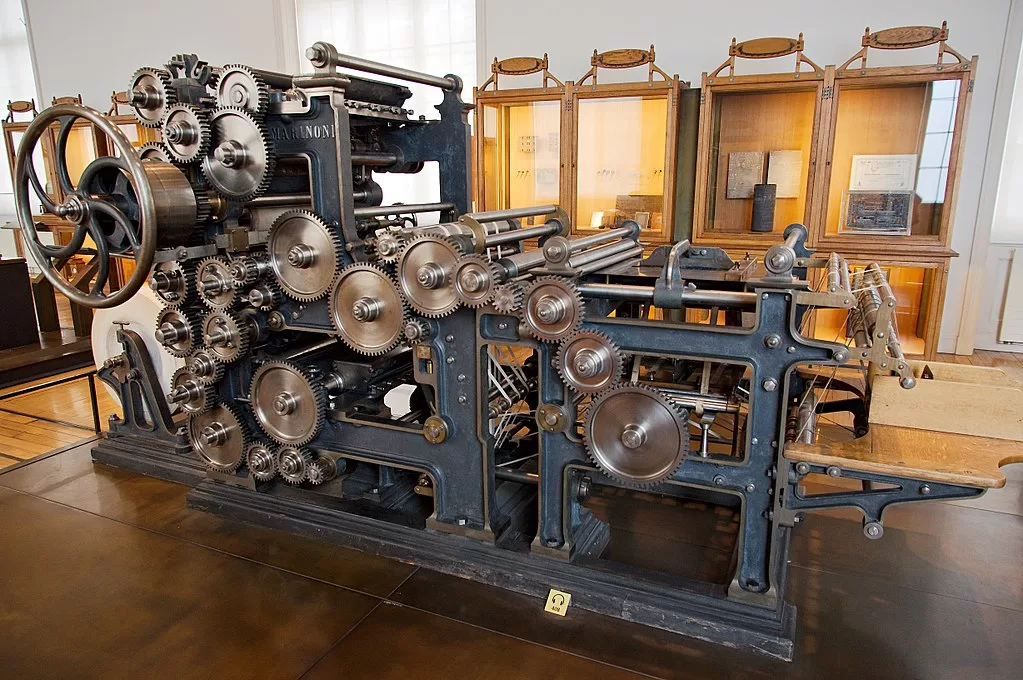When it comes to the production of flexographic image carriers, two primary materials stand out: elastomers and photopolymers. How do these materials differ in application, and what are their relative advantages and disadvantages in the field of flexography?
Overview of Elastomeric Sleeves
An elastomer is a synthetic polymer utilised in crafting the sleeve component of flexographic printing. Serving as the image carriers in the printing process, elastomer sleeves are characterised by their softness, flexibility, and durability compared to alternative image carrier materials.
Elastomeric compounds are known for their hardness, making them resilient in various printing settings. Unlike other materials, elastomers do not have a sticky backside, thus eliminating plate lifting issues. Their durability and resistance to harsh solvents make them compatible with all ink systems, including water-based and solvent-based inks. Laser engraving is a common method of imprinting elastomeric materials.
Overview of Photopolymer Plates
Photopolymers, used predominantly in plate form, are resinous materials serving as image carriers in flexographic printing. The properties and functionality of photopolymers vary based on their formulation and processing methods.
Photopolymer plates undergo a UV curing process, hardening the imaged areas of the plate. Post-curing, the photopolymers are chemically treated to eliminate excess material from non-imaged regions. These plates find applications in various printing processes, from labels to flexible and corrugated board printing.
Elastomer vs Photopolymer – Comparison
In the flexographic printing industry, photopolymer remains the material of choice due to its exceptional print quality and versatile application. While elastomers excel in select applications involving abrasive ink systems or seamless printing plates, photopolymers dominate the broader market. Here’s a breakdown of key factors comparing these image carriers:
Turnaround Time
Elastomeric sleeve production typically involves longer turnaround times as sleeves are custom-made. In contrast, photopolymers are available in standard sheets, offering quicker processing.
Ink Compatibility
Elastomer sleeves demonstrate superior ink compatibility, accommodating both water-based and solvent-based inks without compromising print quality. Photopolymers, on the other hand, offer finer print resolutions with broad ink compatibility, though some limitations exist with abrasive ink systems.
Print Runs
Elastomers excel in long print runs, making them ideal for high-volume printing needs. Photopolymers cater well to most requirements given their typical lifecycle aligns with the longevity of a printing plate.
Durability
The synthetic polymer construction of elastomers renders them highly durable, particularly in environments with aggressive or abrasive inks. In contrast, photopolymers are more susceptible to damage from harsh solvents or aggressive inks.
Cost
Photopolymers boast lower processing costs and efficiency in print operations compared to elastomers, often custom-made and processed via slower, expensive laser engraving methods.
Quality and Precision
Elastomer blends are preferred for full-tone printing due to their precision, as plates are accurately ground to size. Photopolymers deliver superior quality and prove beneficial when frequent design changes are necessary.
Elastomer vs Photopolymer – Concluding Remarks
Both elastomers and photopolymers play vital roles in flexographic printing. While photopolymer plates dominate the market with approximately 90% usage, elastomers find specific niches owing to their resilience against aggressive inks, solvents, and suitability for seamless plate requirements.
For all your flexographic printing equipment needs, look no further than Anyflexo for the latest equipment meeting the highest quality standards.






